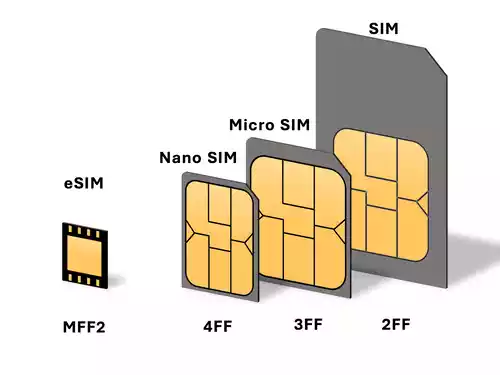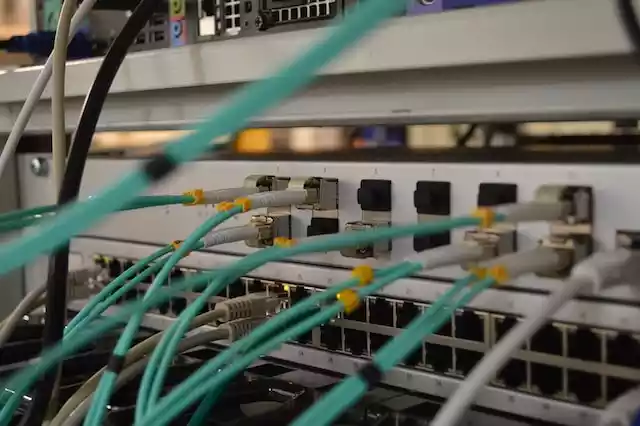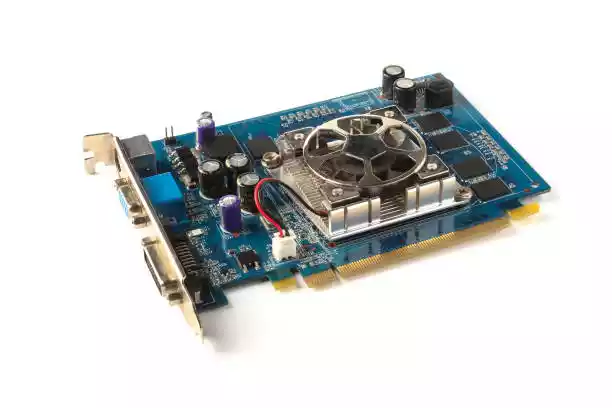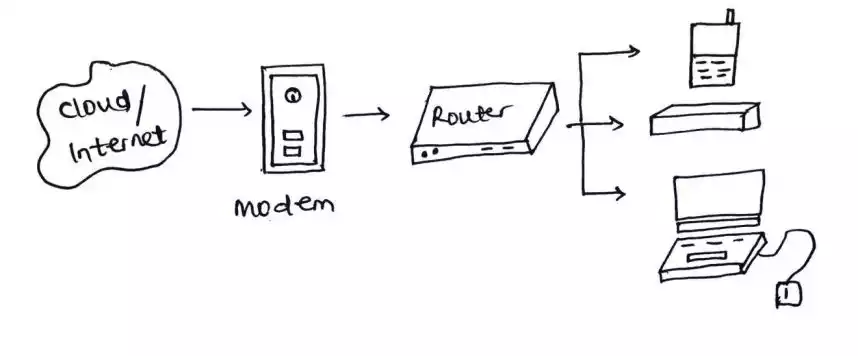Difference Between Single Mode and Multimode Fiber
Fiber optic communication has changed the way we transmit data over long distances. It relies on the use of optical fibers, which are thin strands of glass or plastic that carry light signals.
There are two main types of optical fibers: single mode fiber (SMF) and multimode fiber (MMF). While both serve the purpose of transmitting data through light, there are significant differences between the two in terms of core diameter, light propagation, bandwidth, transmission distance, cost, and applications.
Understanding these differences is important for choosing the right type of fiber for specific networking needs.
Table of Contents
Definition of Single Mode Fiber
Single mode fiber, as the name suggests, allows the propagation of only a single mode or ray of light. It has a smaller core diameter, typically ranging from 8 to 10 micrometers.
The narrow core diameter enables the transmission of light in a straight line, minimizing dispersion and allowing for higher transmission speeds and longer distances.
Single mode fiber is commonly used in long-distance telecommunications, data centers, and high-speed internet connections where reliability and high bandwidth are crucial.
Definition of Multimode Fiber
Multimode fiber, on the other hand, allows the propagation of multiple modes or rays of light simultaneously.
It has a larger core diameter, typically ranging from 50 to 62.5 micrometers. The larger core diameter allows for a greater number of light rays to enter the fiber, but it also results in higher dispersion and limitations in terms of bandwidth and transmission distance.
Read on: What Is Dispersion Loss in Optical Fiber and Types of Dispersion Loss?
Multimode fiber is often used in short-range applications such as local area networks (LANs), CCTV systems, and audiovisual installations.
Difference Between Single Mode and Multimode Fiber
Core Diameter
The core diameter is one of the primary distinctions between single mode and multimode fiber. Single mode fiber has a smaller core diameter, which allows for the transmission of a single light ray.
This narrow core diameter results in a more focused beam of light, minimizing the dispersion effects and enabling longer transmission distances.
On the other hand, multimode fiber has a larger core diameter, allowing for the propagation of multiple light rays.
While this allows for more light to enter the fiber, it also introduces modal dispersion, which limits the achievable bandwidth and transmission distance.
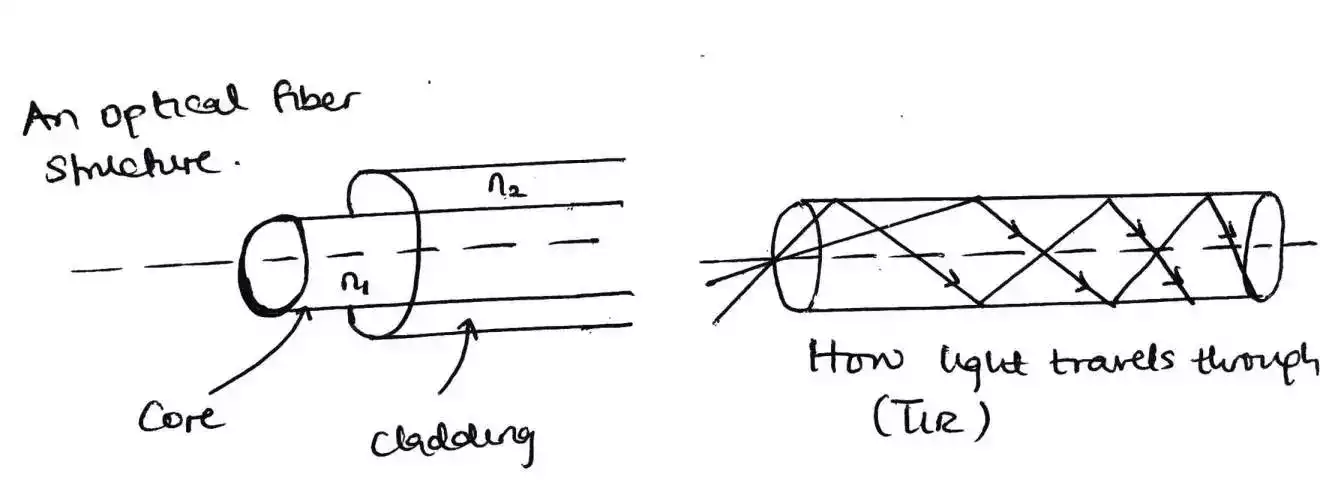
Light Propagation
In single mode fiber, the light rays propagate in a single straight line, following a well-defined path. This results in minimal dispersion, allowing for high-speed and long-distance transmission.
The narrow core diameter ensures that only the fundamental mode of light propagates, reducing signal degradation.
In contrast, multimode fiber allows multiple light rays to propagate simultaneously. As a result, the light rays take different paths, leading to modal dispersion.
Modal dispersion causes the light pulses to spread out, limiting the achievable bandwidth and transmission distance in multimode fiber.

Bandwidth
Bandwidth refers to the capacity of an optical fiber to transmit data. Single mode fiber offers higher bandwidth compared to multimode fiber.
The narrow core diameter of single mode fiber reduces dispersion effects, enabling higher data transmission rates. It provides a larger information-carrying capacity, making it suitable for applications requiring high bandwidth.
Multimode fiber, with its larger core diameter and modal dispersion, has a lower bandwidth and is more suitable for shorter distances and lower data rates.
Transmission Distance
Single mode fiber excels in long-distance transmission capabilities. It can transmit signals over much greater distances compared to multimode fiber.
Single mode fiber is commonly used in applications that require connectivity over extended distances, such as intercontinental communications or linking multiple offices in different locations.
On the other hand, multimode fiber is suitable for shorter distances typically found in local area networks or premises-based installations.
The limited transmission distance of multimode fiber is due to modal dispersion, which degrades the quality of the transmitted signal over long distances.
Cost
The cost of fiber optic cables is influenced by various factors, including manufacturing complexity and materials used.
Generally, single mode fiber tends to be more expensive than multimode fiber. The narrower core diameter and more precise manufacturing processes contribute to the higher cost of single mode fiber.
Multimode fiber, with its larger core diameter and more forgiving manufacturing tolerances, offers a more cost-effective solution for shorter-range applications.
Applications
Single mode fiber finds extensive usage in long-distance telecommunication networks, including undersea cables, backbone connections, and intercontinental links.
It is also prevalent in data centers and high-speed internet connections that require reliable and high-bandwidth connectivity.
Multimode fiber, with its lower cost and suitability for shorter distances, is commonly used in local area networks (LANs), CCTV systems, fiber to the home (FTTH) installations, and other premises-based applications.
Advantages and Disadvantages
Single Mode Fiber:
-
Advantages:
- Long-distance transmission capabilities
- High bandwidth
- Low dispersion
-
Disadvantages:
- Higher cost
- Limited use for short distances
Multimode Fiber:
-
Advantages:
- Lower cost
- Easy to work with
- Suitable for shorter distances
-
Disadvantages:
- Modal dispersion
- Limited bandwidth
Difference Between Single Mode and Multimode Fiber (In Tabular Form)
This table summarizes the key differences between single mode fiber and multimode fiber, including core diameter, light propagation, bandwidth, transmission distance, cost, applications, and advantages/disadvantages of each type.
| Single Mode Fiber | Multimode Fiber | |
|---|---|---|
| Core Diameter | Smaller (8-10 micrometers) | Larger (50-62.5 micrometers) |
| Light Propagation | Single mode (straight line) | Multiple modes (different paths) |
| Bandwidth | Higher | Lower |
| Transmission Distance | Longer distances | Shorter distances |
| Cost | Higher | Lower |
| Applications | Long-distance telecommunications, data centers, high-speed internet | Local area networks, CCTV systems, FTTH installations |
| Advantages | Long-distance capabilities, high bandwidth, low dispersion | Lower cost, easy to work with, suitable for shorter distances |
| Disadvantages | Higher cost, limited use for short distances | Modal dispersion, limited bandwidth |
Conclusion
In conclusion, the choice between single mode and multimode fiber depends on the specific requirements of a given network or installation.
Single mode fiber offers higher bandwidth and longer transmission distances, making it ideal for long-haul applications.
Multimode fiber, with its lower cost and ease of installation, is well-suited for shorter distances and premises-based networks.
Understanding the differences and characteristics of these fiber types allows network designers and installers to make informed decisions based on the desired performance, budget, and application needs.
FAQs
Q1. Can I use single mode fiber for short-range applications? While it is technically possible, single mode fiber is more commonly used for long-distance applications. Multimode fiber is generally more suitable for short-range applications due to its wider core diameter and lower cost.
Q2. What are the advantages of single mode fiber? Single mode fiber offers higher bandwidth, longer transmission distances, and lower dispersion compared to multimode fiber. It is commonly used in long-haul telecommunications and high-speed internet connections.
Q3. Can multimode fiber be used for high-speed data transmission? Multimode fiber can support high-speed data transmission but is typically limited to shorter distances and lower bandwidth compared to single mode fiber.
Q4. Which type of fiber is more cost-effective? Multimode fiber is typically more cost-effective than single mode fiber due to its wider core diameter and less stringent manufacturing tolerances.
Q5. Can single mode and multimode fibers be connected together? While it is technically possible, connecting single mode and multimode fibers requires additional components, such as mode conditioning cables or media converters, to ensure compatibility and minimize signal degradation.

